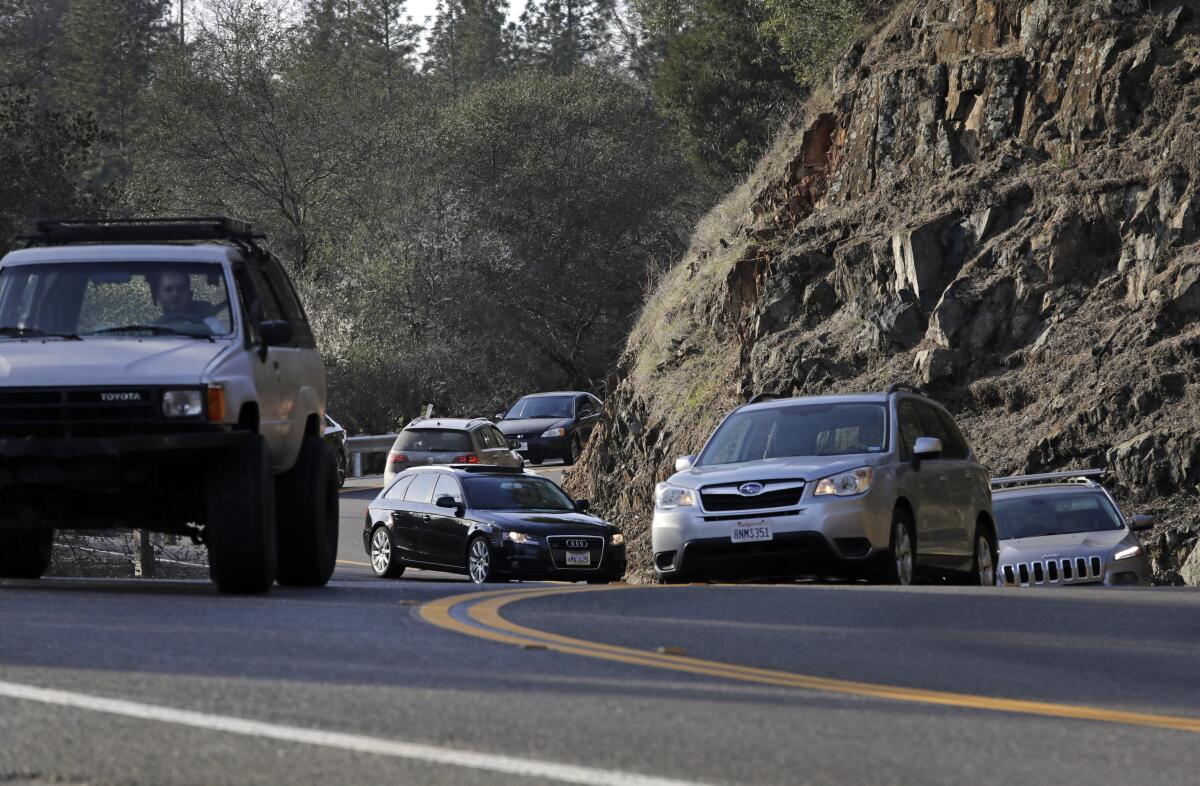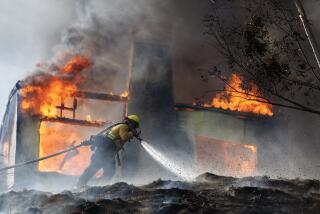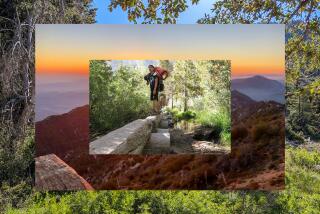New campsites at a fire-prone park in the dry Sierra? California just said yes

California State Parks on Thursday unanimously approved a controversial plan that will allow up to 142 new campsites to be built in a crowded, wildfire-prone park northeast of Sacramento.
The new general plan will allow the building of up to 135 individual campsites and seven group sites within the Auburn State Recreation Area, which occupies 40 miles of steep river canyons and rugged terrain in drought-stricken El Dorado and Placer counties.
The long-term plan faced vehement opposition from residents of the Sierra Nevada foothills and from several local fire agencies who argued that new campsites will increase the fire danger for visitors and nearby residents. Numerous small towns near the park can be accessed by only a few steep mountain roads, leaving few evacuation routes if disaster strikes.
But State Parks said campsites have been proposed as an attempt to manage overcrowding and make the park safer.
“The pressures on public lands are greater than we have ever seen,” California State Parks Director Armando Quintero said during the virtual meeting of the state’s Park and Recreation Commission.
A wildfire-prone state park has been inundated with visitors as people flee urban areas. Now, California wants to build campsites there, infuriating nearby residents who say the plan puts them at risk.
Calling public outdoor spaces a “critical refuge,” Quintero said state officials are trying to accommodate more visitors than ever while adapting to climate change and increased wildfire danger in the state’s “overgrown forests” and “overgrown wildlands.”
Cal Fire has given much of the Auburn State Recreation Area its most extreme fire danger rating.
“Having a campfire in this canyon is absolutely insane,” said Sheila Reynolds, a resident of Auburn — a city of 14,000 people about four miles west of the park — during public comments.
“We have already lost our home insurance because of our location, and you would be increasing the fire severity risk for people who live in Auburn.”
Visitation to the park — which is in two of the fastest-growing counties in California — is projected to increase 30% by 2040 because of regional population growth, according to the plan.
Traffic regularly backs up along the two-lane Highway 49, a slow, steep drive with hairpin curves near the American River Confluence and several hiking trails. Cars park illegally along narrow shoulders. Hikers and bikers dash into oncoming traffic.
The situation became so dangerous amid the coronavirus pandemic — as people have sought more outdoor activities — that Auburn launched a bus service this spring to drive people between downtown and the river, and the park has restricted parking in other areas where congestion threatened to block emergency vehicles.
There are currently 36 campsites in the park that usually sell out within minutes of becoming available for reservation.
The 717-page plan by the state and the U.S. Bureau of Reclamation does not authorize immediate construction of new campsites. Each new facility would require a site-specific plan and evaluation, including whether campfires should be allowed.
The commissioners added an amendment requiring State Parks to ask the California Dept. of Forestry and Fire Protection to review and provide written comments each time a new facility is considered.
“What we heard a lot today from people is real, legitimate angst,” said Phil Ginsburg, vice chair of the Park and Recreation Commission, who proposed the amendment.
“Too many people in the state have been through hell as our planet gets hotter, and that manifests itself into increased fire danger and fire risk all throughout the state.”
Ginsburg said parks officials have two primary goals: creating “equitable access to recreation” and keeping people safe.
State parks officials said they believe visitors are less likely to create dangerous, illegal campfires or use fireworks in formally designated campgrounds, where they are more monitored.
Jim Michaels, a senior specialist with State Parks, said visitors are increasingly using undeveloped areas improperly, leading to more unsafe parking and unauthorized camping.
Over the last 20 years, he said, most fires within the parks — including the arson-caused Bridge fire during Labor Day weekend — were the result of “negligent or illegal activities” and “were not ignited at developed recreation sites.”
Numerous fires have burned in and around El Dorado and Placer counties this summer, including the River fire, which started in a campground near the Auburn State Recreation Area and destroyed 142 structures; the massive Caldor fire, which decimated the town of Grizzly Flats and threatened South Lake Tahoe; and the Bridge fire, which closed the main escape road for the town of Foresthill.
John Michelini, board president of the Foresthill Fire Protection District, was one of several speakers who told the commission he fears what happened with the 2018 Camp fire. With few paths in and out of the town of Paradise, thousands of people trying to flee were stuck in traffic, and some died in their vehicles as flames roared over them.
“Remember Paradise,” he said.
More to Read
Sign up for Essential California
The most important California stories and recommendations in your inbox every morning.
You may occasionally receive promotional content from the Los Angeles Times.












